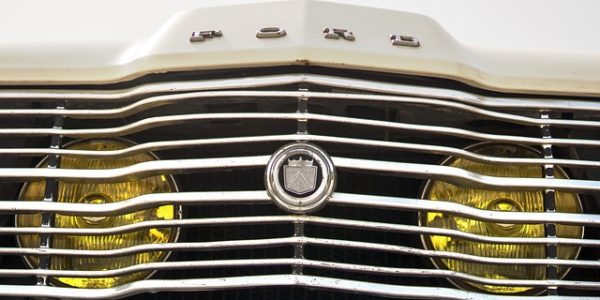There’s automation, and then there are human workers. Nobody confuses the two or hesitates if you ask which is which. Automation in factories means robotic arms and conveyor belts. Human workers means, well, people. However, Ford is testing out an upper body exoskeleton in two of their U.S. plants.
While the distinction between man and machine is still clear with these exoskeletons, it could be the start of a technology that would blur the line between workers and machines.
The trouble with human workers
Improved worker safety is one of the biggest advantages of industrial automation. Unlike machines, humans are prone to injuries. We pull muscles, we tweak elbows, we throw out our backs, and we suffer repetitive motion injuries.
These types of injuries are common with physically demanding labor, such as factory work. The more demanding the task, the greater the risk for injury.
Industrial robots help reduce that risk of injury to human workers by automating the repetitive tasks and doing the heavy lifting for us. But you can’t use robots for everything. There’s work that can’t be automated and workers still carry out these tasks.
Ford workers test out exoskeletons
Assembly line workers in two of Ford’s U.S. factories are getting an upgrade. The workers are testing out an exoskeleton that could help reduce worker injuries and improve worker performance.
The EksoVest – made by Ekso Bionics – is an un-powered upper body exoskeleton. It provides an adjustable lift assistance of up to 15 pounds per arm. It does this by transferring 30 pounds of upward force from the arms down to the users’ hips. The vest also provides arm support while assembly workers complete overhead tasks. and makes them less susceptible to workplace injuries
This extra strength boost and support could potentially help reduce worker fatigue and decrease the risk for worker injuries.
Just the beginning
As practical and totally cool as the EksoVest is, this could provide a jumping off point for future technology that would not only help keep workers safe, but also greatly improve worker capabilities.
These vests are completely unpowered. There are no batteries, sensors, or servo motors. They’re trying to achieve a “neutral buoyancy” that essentially cancels out the effects of gravity rather. However, this technology could provide a proof of concept for using machines to enhance workers in a manufacturing setting.
Of course, the servo motors in exoskeletons are quite different from the industrial servo motors used in your packaging system. Call 479-422-0390 for support, service, or repair on your Indramat industrial servos.
